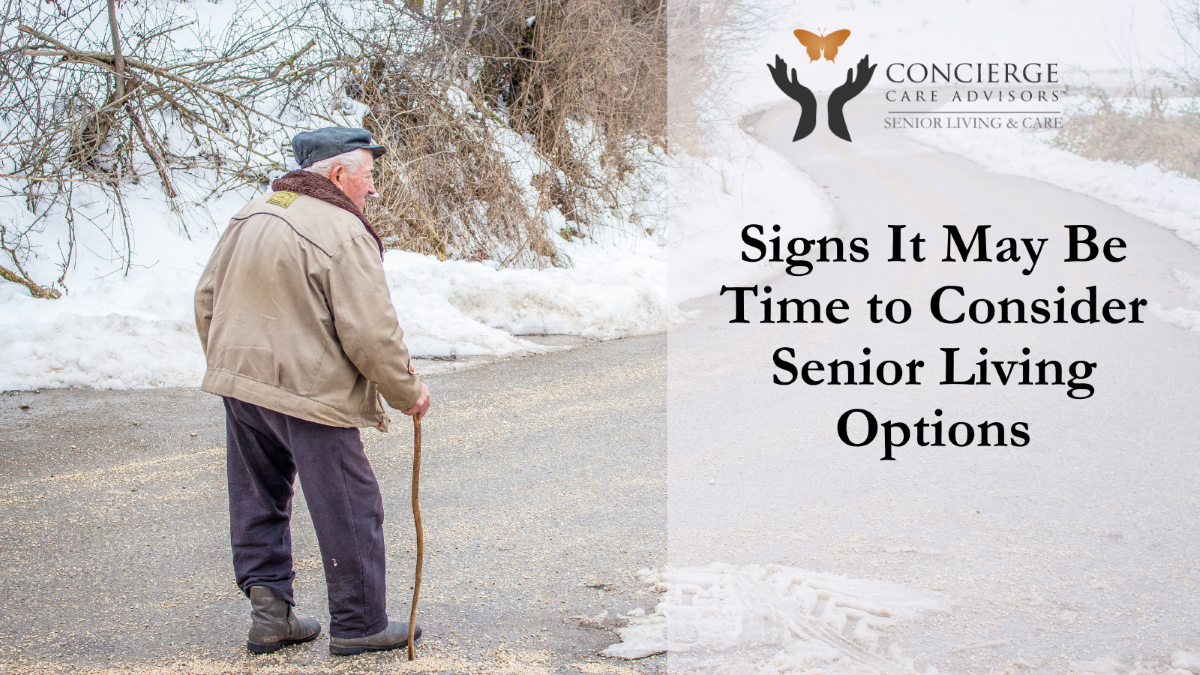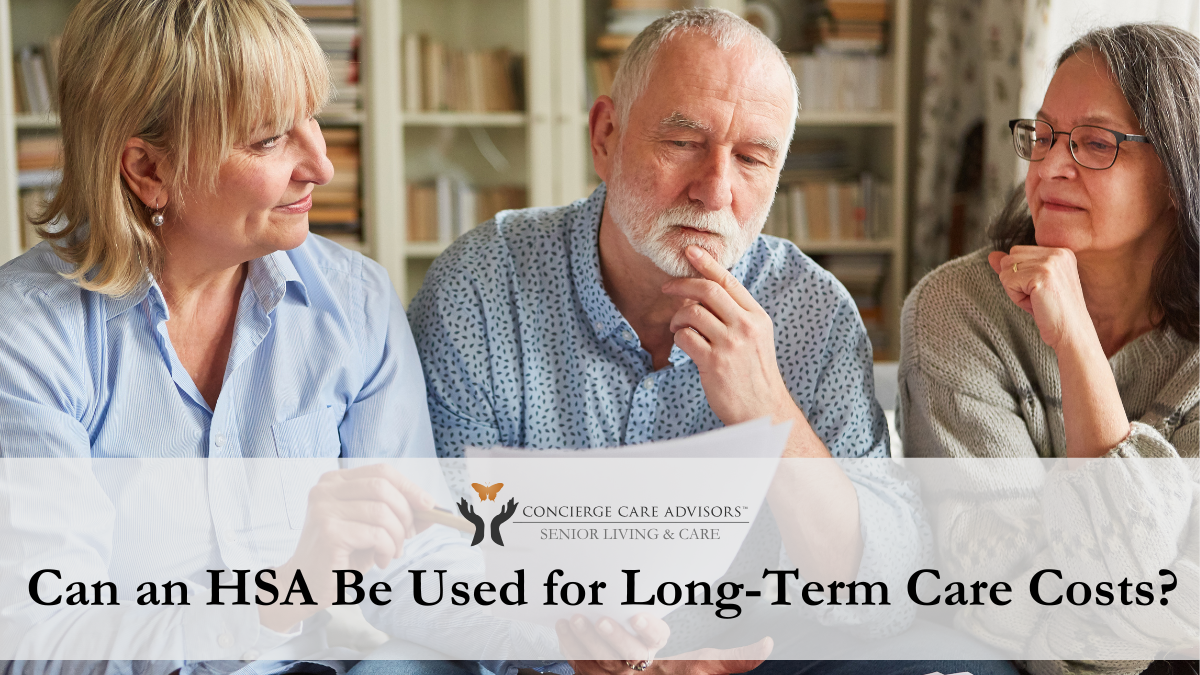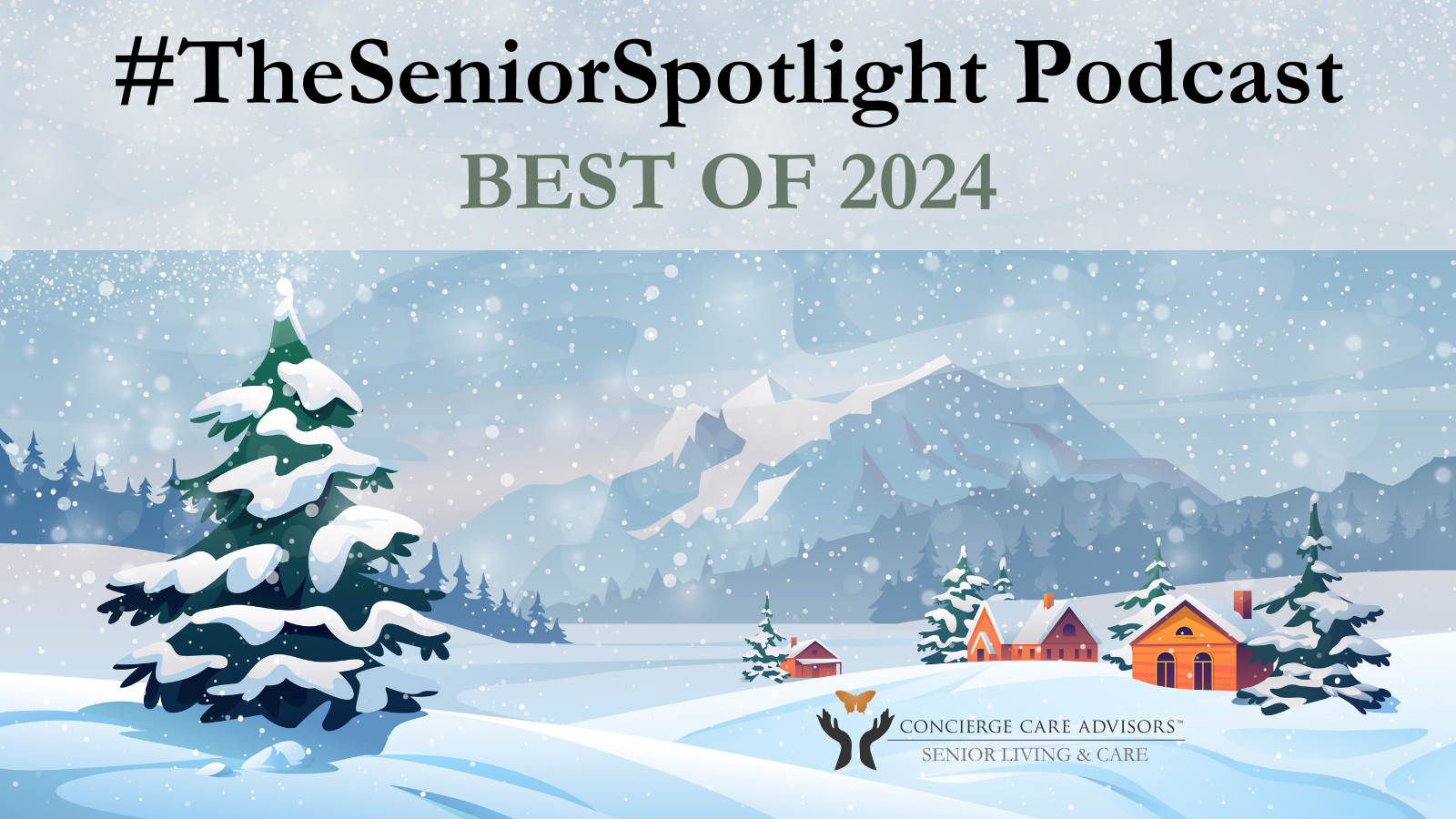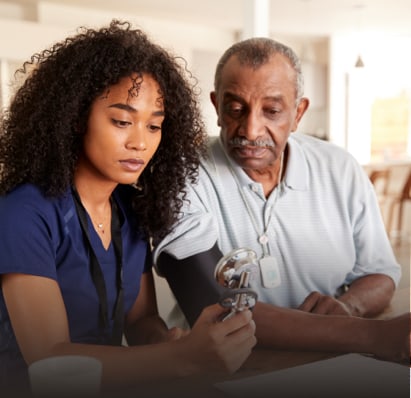By Mary Cordova, EVP Business Development, Concierge Care Advisors
Why Iron is Vital for Senior Living and Care
As we age, natural changes in the body often lead to side effects like dizziness, fatigue, and weakness. While these may seem like typical signs of aging, they could also indicate anemia—a condition caused by low iron levels. Anemia is especially common in senior living and care settings, making it essential to understand how to maintain healthy iron levels.
Understanding Anemia in Seniors
Types of Anemia in Seniors
- Anemia of Chronic Disease: The most common form in seniors, often triggered by chronic conditions such as osteoarthritis or urinary tract infections.
- Iron Deficiency Anemia: Frequently caused by inadequate dietary intake or blood loss.
Without addressing these forms of anemia, seniors may experience prolonged fatigue, reduced energy, and other health issues.
Iron-Rich Diet Tips for Seniors
Heme and Non-Heme Iron Sources
- Heme Iron: Found in meat sources like beef, pork, chicken, and fish, and is readily absorbed by the body.
- Non-Heme Iron: Found in plant sources such as dark green leafy vegetables, legumes, dried fruits, and fortified cereals.
Nutrients That Support Iron Absorption
- Vitamin C: Helps the body absorb iron. Foods rich in Vitamin C include citrus fruits, strawberries, and bell peppers.
- Vitamin A and Beta-Carotene: Found in carrots, sweet potatoes, spinach, and cantaloupe, these nutrients improve iron absorption.
- Vitamin B-12: Especially important for those on vegetarian diets, as it aids in absorbing Non-Heme iron.
Foods to Avoid or Limit
- Calcium: Interferes with iron absorption. Consume calcium-rich foods and supplements at times separate from iron-rich meals.
- Caffeinated Drinks: Can inhibit iron absorption if consumed with meals.
Practical Tips for Preventing Anemia in Senior Living and Care
- Eat balanced meals that pair iron-rich foods with Vitamin C sources.
- Avoid consuming milk or calcium supplements during meals high in iron.
- Take high-quality iron and multivitamin supplements if dietary intake isn’t sufficient.
- Include a variety of both Heme and Non-Heme iron sources in your diet for comprehensive coverage.
The Importance of Iron in Senior Living and Care Settings
In senior living and care environments, ensuring proper nutrition is critical to maintaining residents’ overall health and well-being. Caregivers and staff in adult family homes and assisted living communities should prioritize iron-rich diets to help seniors avoid anemia and its effects on energy levels, strength, and cognitive health.
Prioritizing Senior Health with Proper Nutrition
An iron-rich diet is essential for supporting health and vitality in seniors. By combining iron-rich foods with nutrients that enhance absorption, seniors can maintain their energy, strength, and overall quality of life.
Are you exploring senior living options for yourself or a loved one? At Concierge Care Advisors, our senior living experts are here to help. From finding the perfect adult family homes in Everett to assisted living communities in Maryville or independent living in Bellevue, WA (and anywhere else in the Pacific Northwest!), we’ll guide you every step of the way. Visit our Contact Us page to connect with an experienced advisor and find the right community for your needs today.
























